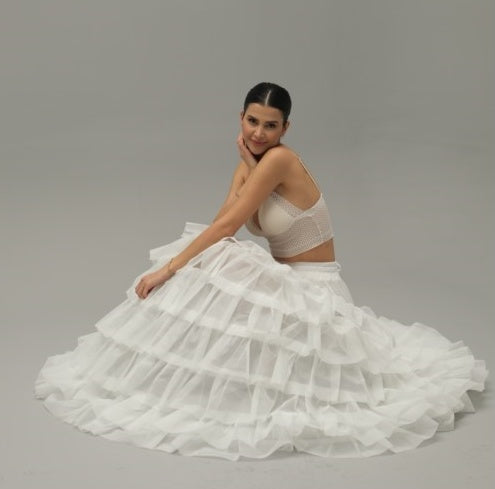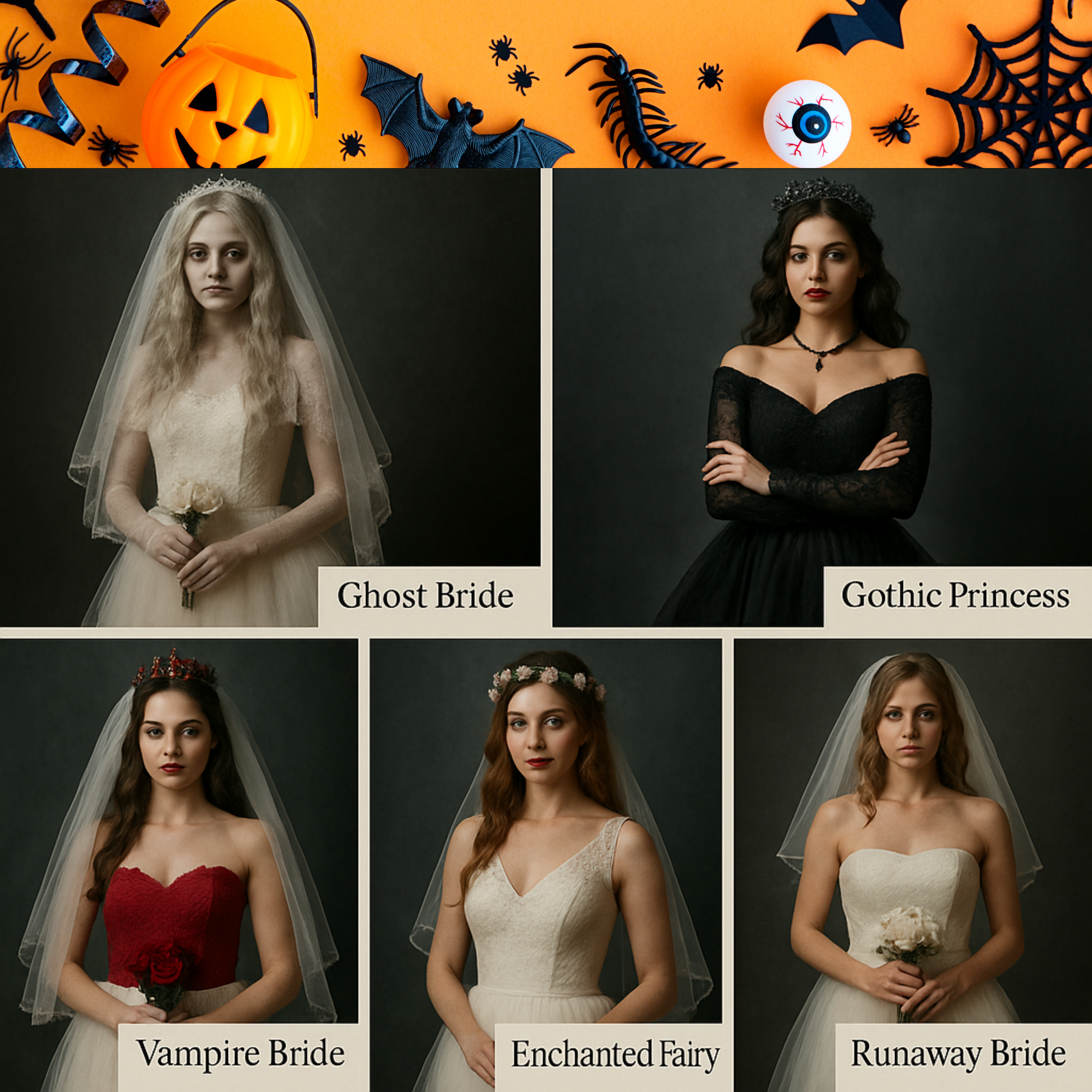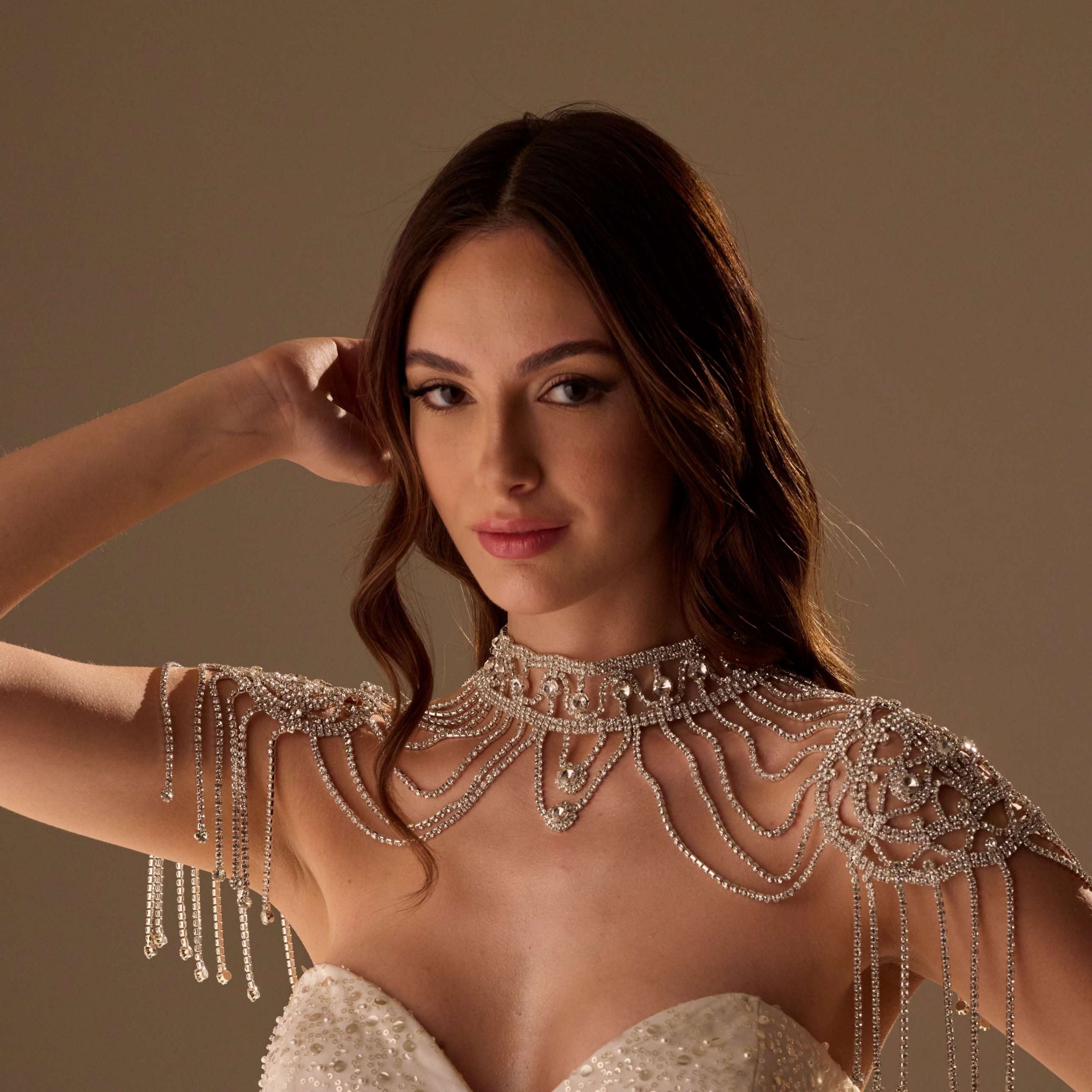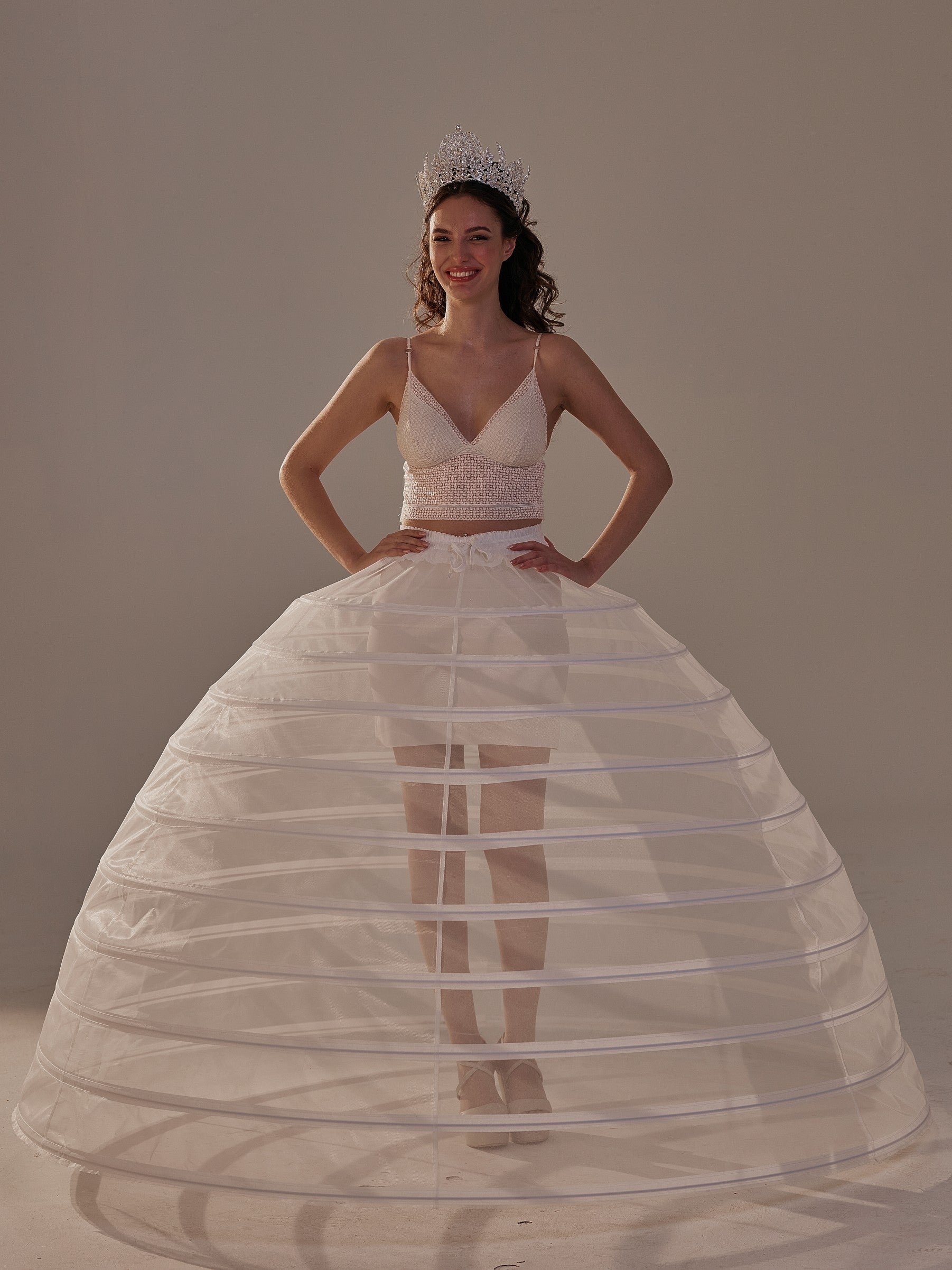
From Voluminous Silhouettes to Modern Fashion
Crinolines have a fascinating history that reflects the changing tides of fashion, social status, and cultural norms over centuries. Once a staple in women's fashion, the crinoline has evolved significantly, leaving a lasting impact on the fashion world. Let's explore its journey from inception to modern-day use.
The Origins of Crinoline
The term "crinoline" originally referred to a stiff fabric made from horsehair ("crin" in French) and linen. In the early 19th century, it was used to make petticoats that helped support the shape of skirts. However, crinolines as we know them today began to take shape around the 1840s and 1850s. During this time, they evolved into a cage-like structure made from steel or whalebone hoops, which were sewn into a fabric petticoat.
The crinoline revolutionized fashion by creating a dramatic, bell-shaped silhouette that became synonymous with the Victorian era. Women could achieve voluminous skirts without the weight of numerous layers of fabric, allowing for greater mobility and comfort. The invention of the steel-hooped crinoline in the 1850s, patented by R.C. Milliet, further popularized the garment, making it more lightweight and accessible to women of different classes.

The Crinoline Craze of the 1850s and 1860s
By the mid-19th century, crinolines were a must-have fashion item. They became a symbol of elegance and social status, worn by women from various social backgrounds. Magazines, fashion houses, and dressmakers began to promote and innovate crinoline styles, leading to a craze that swept across Europe and the United States.
While crinolines were praised for their fashionable appeal, they were not without their critics. Some considered them impractical or even dangerous due to their size and flammability. Numerous satirical cartoons from the period mocked the crinoline's unwieldy nature, and stories circulated about accidents caused by the large hoops, including women catching fire or getting stuck in narrow spaces.
Despite these criticisms, crinolines were widely embraced, and their size and shape varied over time, influenced by changing fashion trends. The largest crinolines were often seen between 1855 and 1865, when skirts could reach up to six feet in diameter. After this peak, the silhouette gradually became narrower, eventually leading to the development of the bustle in the 1870s, which provided volume only at the back of the skirt.
Decline and Transformation
By the late 1860s, crinolines began to fall out of favor, giving way to the bustle—a new fashion that emphasized a different kind of silhouette. However, the crinoline did not disappear entirely. Instead, it transformed, adapting to the evolving tastes of the fashion world. The cage crinoline gave way to petticoats with smaller hoops or ruffles, and by the end of the 19th century, the voluminous skirts of the past had largely been replaced by slimmer, more streamlined designs.
Crinoline in the 20th Century and Beyond
The crinoline saw a brief resurgence in the 20th century, particularly in the 1950s, when fashion designers like Christian Dior revived the full-skirted look with his "New Look" collection. This style brought back a sense of feminine glamour and luxury after the austerity of World War II, using petticoats to create voluminous, cinched-waist silhouettes reminiscent of the crinolines of the past.
Today, crinolines are mostly associated with bridal and formal wear. They are used to create a dramatic, full-skirted effect for wedding gowns, evening dresses, and costumes. In contemporary fashion, crinolines have been reimagined in various ways, often blending historical styles with modern materials and techniques.
The Cultural Significance of Crinoline
Beyond its role in fashion, the crinoline also carries cultural and social significance. In the 19th century, it was seen as a symbol of femininity, elegance, and respectability. However, it also sparked debates about practicality, modesty, and the societal expectations placed on women’s dress.
The crinoline's evolution reflects broader cultural shifts, from the constraints of Victorian society to the liberation and experimentation of modern fashion. Today, it remains a symbol of fashion's capacity to innovate, adapt, and express individuality.

From its humble beginnings as a fabric stiffener to its heyday as a structural underpinning for voluminous skirts, the crinoline has left an indelible mark on fashion history. It has evolved from a status symbol of Victorian femininity to a versatile element in contemporary fashion, reminding us of the ever-changing nature of style and the power of clothing to shape our perceptions of beauty and identity.
The crinoline's journey is far from over, as designers continue to draw inspiration from its unique silhouette, proving that this iconic fashion piece still has a place in the modern world.
Visit our crinoline collection for styles that add volume and flair to your outfit.


















